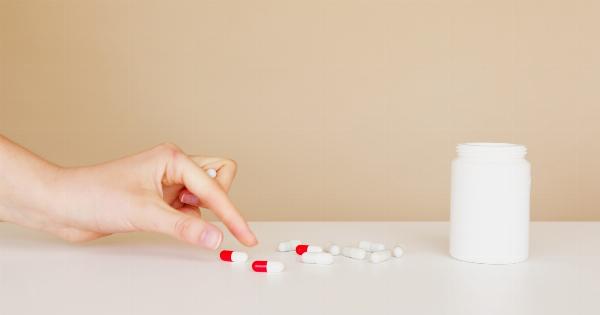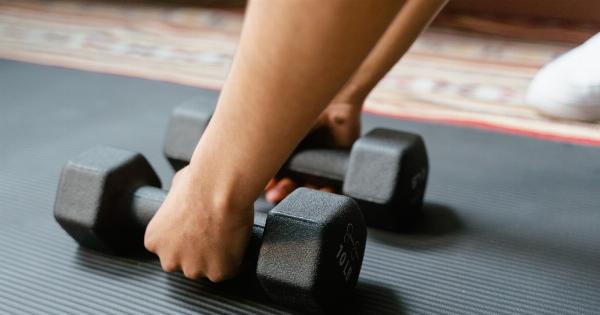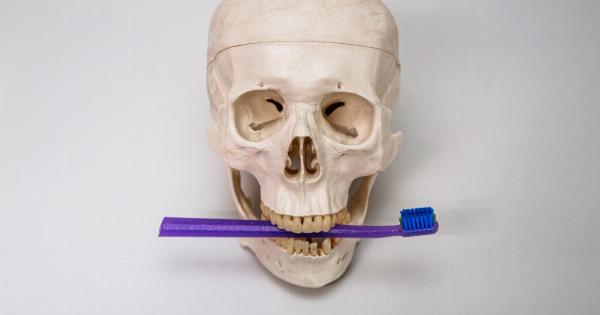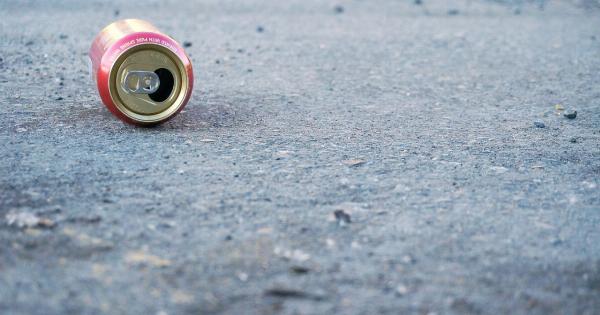Menopause is a natural phase in a woman’s life that typically occurs between the ages of 45 and 55.
During this time, a woman’s ovaries stop producing eggs, and her body experiences a significant decrease in the production of hormones, particularly estrogen. This hormonal shift can have various effects on the body, one of which includes an increased risk of developing osteoporosis.
What is Osteoporosis?
Osteoporosis is a bone disease characterized by a loss of bone density and strength, making bones fragile and prone to fractures.
Women are more likely to develop osteoporosis compared to men, and the risk significantly increases during and after menopause.
The Link Between Menopause and Osteoporosis
Estrogen plays a crucial role in maintaining bone health. It helps regulate the activity of osteoblasts, cells responsible for building new bone, and osteoclasts, cells responsible for breaking down old bone.
When estrogen levels drop during menopause, the rate at which bones are broken down exceeds the rate at which they are built, leading to a loss of bone density.
As a result, women going through menopause are at a higher risk of developing osteoporosis.
Osteoporosis-related fractures commonly occur in the spine, hips, and wrists, negatively impacting an individual’s quality of life, mobility, and independence.
Preventing Osteoporosis During Menopause
While menopause is an inevitable stage in a woman’s life, there are several lifestyle changes that can help protect your bones and reduce the risk of developing osteoporosis. Here are ten key steps you can take:.
1. Eat a Balanced Diet
A well-balanced diet rich in calcium, vitamin D, and other essential nutrients is vital for maintaining bone health. Incorporate dairy products, leafy greens, fortified cereals, and oily fish into your meals.
Consider consulting a nutritionist to ensure you are getting adequate nutrients.
2. Get Enough Calcium
Adult women, including those going through menopause, should aim for a daily calcium intake of 1200 mg.
If you find it challenging to meet this requirement through diet alone, consider taking a calcium supplement after consulting with your healthcare provider.
3. Prioritize Vitamin D
Vitamin D is crucial for calcium absorption and bone health. Spend time outdoors to allow your body to produce vitamin D naturally or consider taking a vitamin D supplement. Aim for at least 15 minutes of sun exposure on your face and arms daily.
4. Engage in Weight-Bearing Exercises
Weight-bearing exercises such as walking, jogging, dancing, or weightlifting help stimulate bone growth and strengthen existing bones. Aim for at least 30 minutes of moderate-intensity exercise most days of the week.
5. Include Strength Training
In addition to weight-bearing exercises, strength training is vital for maintaining bone density. Incorporate activities that target major muscle groups, such as lifting weights or using resistance bands, into your exercise routine.
6. Quit Smoking
Smoking has numerous detrimental effects on your health, including an increased risk of osteoporosis. Quitting smoking not only benefits your bones but your overall well-being as well.
7. Limit Alcohol Consumption
Excessive alcohol consumption can weaken your bones and increase the risk of fractures. If you choose to drink alcohol, do so in moderation. It is recommended that women limit their alcohol intake to one drink per day.
8. Avoid Excessive Caffeine
While moderate caffeine consumption is generally safe, excessive intake can interfere with calcium absorption. Limit your caffeine intake to 300 mg or less per day, which is equivalent to approximately 2-3 cups of coffee.
9. Prioritize Fall Prevention
As individuals with osteoporosis are at a higher risk of fractures, it is crucial to take steps to prevent falls. Keep your living environment free of hazards, improve lighting, install handrails, and wear footwear with good traction.
10. Schedule Regular Bone Density Tests
Bone density tests, such as dual-energy X-ray absorptiometry (DXA), can assess your bone health and determine your risk of fractures.
Consult with your healthcare provider to determine how often you should undergo these tests based on your risk factors.
Conclusion
Menopause is an inevitable phase in a woman’s life, but it doesn’t have to mean a higher risk of developing osteoporosis.
By implementing these lifestyle changes, you can protect your bones and reduce the risk of fractures, ensuring a healthier, more active life during and after menopause.






























